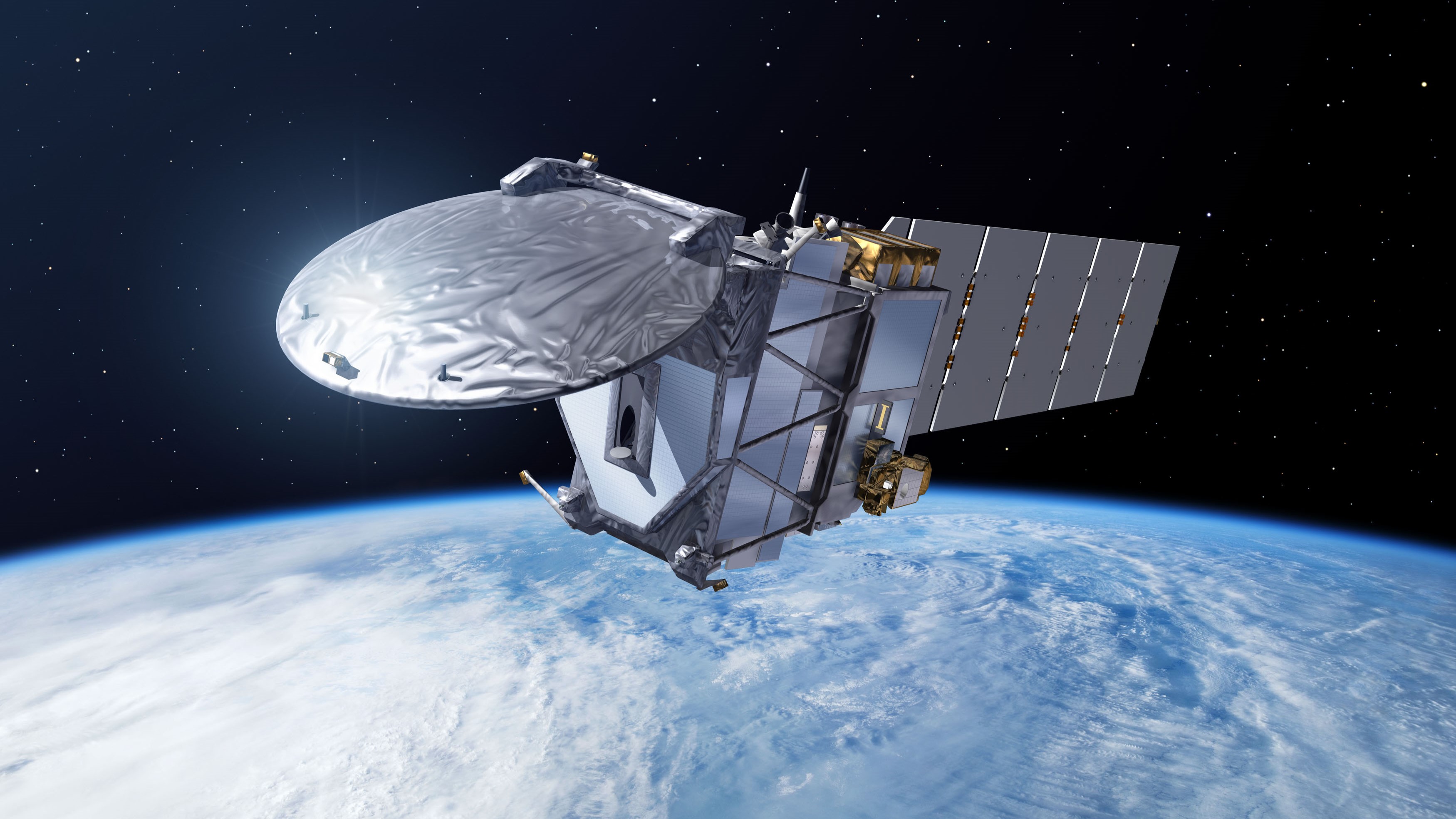Despite the fact that clouds envelop two-thirds of the planet at any given time, transport water on the wind, and shield the Earth from the sun, surprisingly little is known about how climate change affects them. Atmospheric scientists are not yet certain, for instance, whether rising temperatures will lead to more or fewer clouds, or make them better or worse at reflecting the heat of the sun.
To help unravel those mysteries and others, the European Space Agency and the Japanese Aerospace Exploration Agency lofted a satellite into orbit last week aboard a SpaceX rocket. The Earth Cloud Aerosol and Radiation Explorer, known as EarthCARE, will uncover the inner workings of clouds as well as how they, and tiny airborne particles called aerosols, shape — and are shaped by — climate change.
“Clouds are the number one cooling blanket we have on the planet,” said Pavlos Kollias, an atmospheric scientist from Stony Brook University who has been supporting the EarthCARE mission since 2008.
A cloud’s effect on temperature greatly depends on the height where it happens to float. Low-level formations, such as the blanket-like stratocumulus, do a particularly good job of keeping the planet cool by reflecting most of the sunlight that strikes them. Since they fly so close to the ground, their ambient temperatures are similar to those of the landscape below, and they transfer most of the Earth’s heat to space rather than holding it in the atmosphere.
The cooling effect this provides is so pronounced, Kollias said, that without it the planet would be 5 degrees Celsius warmer — or 9 degrees Fahrenheit.*
Though the impact clouds have on the planet in the present is well known, scientists are uncertain about how that may evolve as temperatures rise. “If you perturb the system by adding temperature,” Kollias said, “we don’t know how the clouds will respond.” They could become more common and more dense, thereby mitigating climate change in a minor way, or they could become less common and less dense, speeding climate change along.
High-altitude clouds, like the wispy cirrus, for instance, are typically made of tiny ice crystals and often trap the Earth’s heat more effectively than they block the sun’s light, both of which seems to make them more sensitive to warming. Aerosols, small particles like sulfates and sea salts, introduce further complications by impacting climate both directly, by reflecting sunlight, and indirectly, by acting as the nuclei around which clouds condense. Efforts to clean up industrial emissions are reducing airborne aerosols, with pronounced effects on climate.
All of this makes cloud dynamics one of the greatest sources of uncertainty in climate models, something EarthCARE aims to help resolve.

Kollias is eager to work with the data that will begin beaming down from the new satellite later this year. The mission carries an instrument never before used in space: a cloud profile radar. The device will emit successive bursts of radio waves, measuring the signal reflected by the vapor below. This information will help researchers better understand the size and circulation of the countless droplets that comprise a cloud. EarthCARE will also map the surface profile of clouds and aerosols with a method known as lidar that reflects a low-power laser off these atmospheric formations. Those measurements coupled with images captured by the spacecraft will provide a three-dimensional view of the ubiquitous pillows and blankets of condensation drifting through the sky.
The European Space Agency named EarthCARE its sixth Earth Explorer mission back in 2001. Though delays plague seemingly every satellite, EarthCARE faced notable and protracted setbacks due to the complexity and sophistication of the radar and lidar systems. It reached a point where, Kollias said, some outside the mission began to doubt whether the nearly $900 million satellite would ever reach the launchpad. Yet “nobody gave up,” Kollias said. “Everybody kept working.”
All that made last week’s successful launch a particularly emotional affair.
“Personally, I was very nervous in the moment,” Kollias said of the launch. But he added that the prolonged process has inadvertently given the scientific community more time to prepare to work with EarthCARE’s data. Numerical models have improved dramatically in the 23 years between selection and launch, researchers have more computing power available to them than ever before, and machine learning now allows big data to be digested with comparative ease.
The intervening years have also given the world a taste of the climate disasters yet to come. As a result, an added urgency drives the desire to resolve the uncertainties clouds introduce into climate models, so scientists can look out with finer eyes to tell us what the decades ahead hold.
*CORRECTION: This story originally misstated the net cooling effect of clouds.




